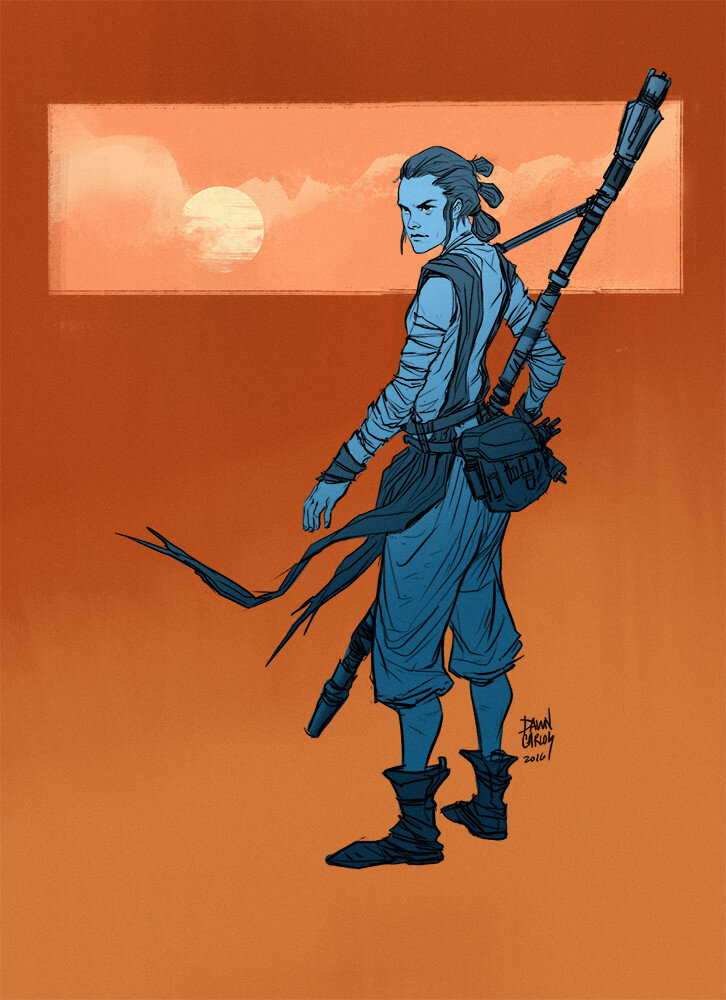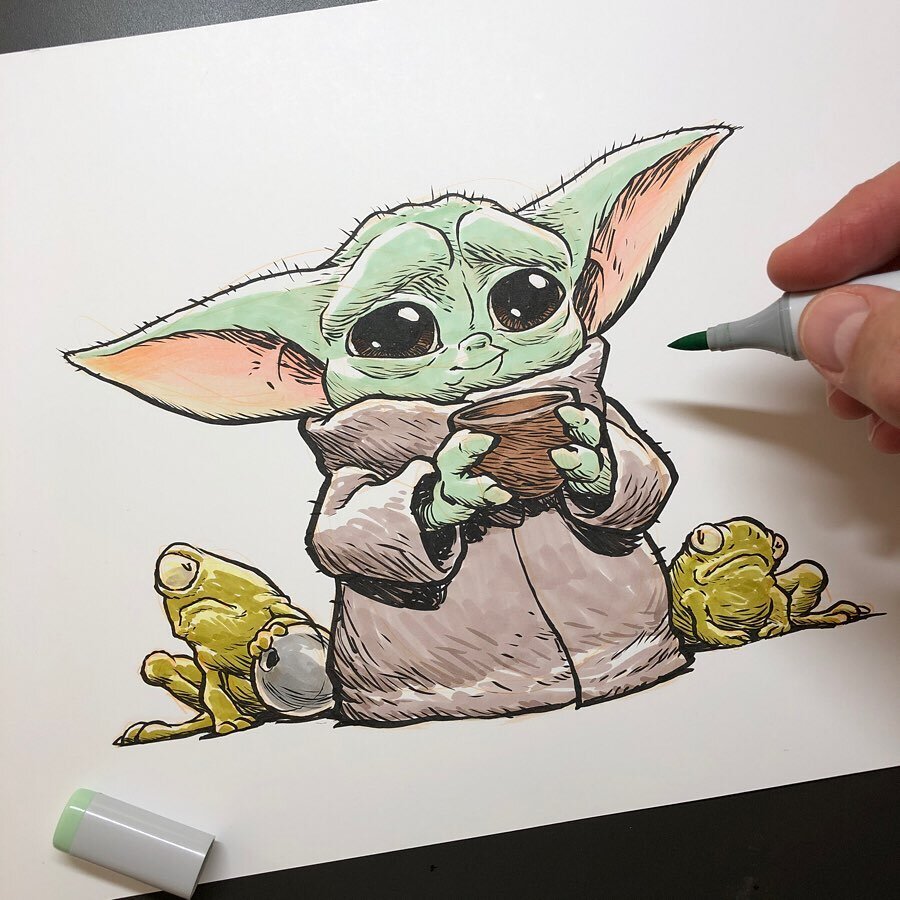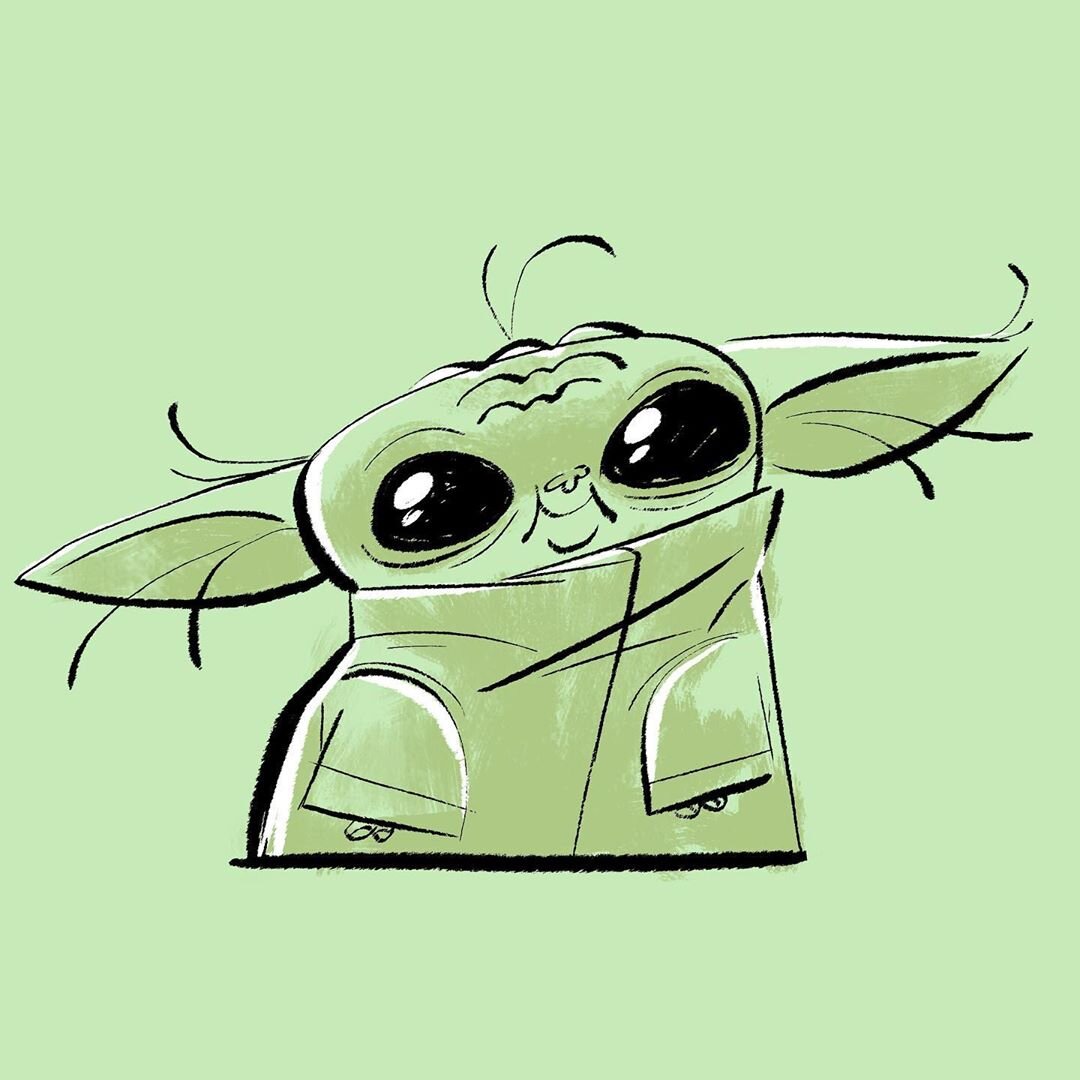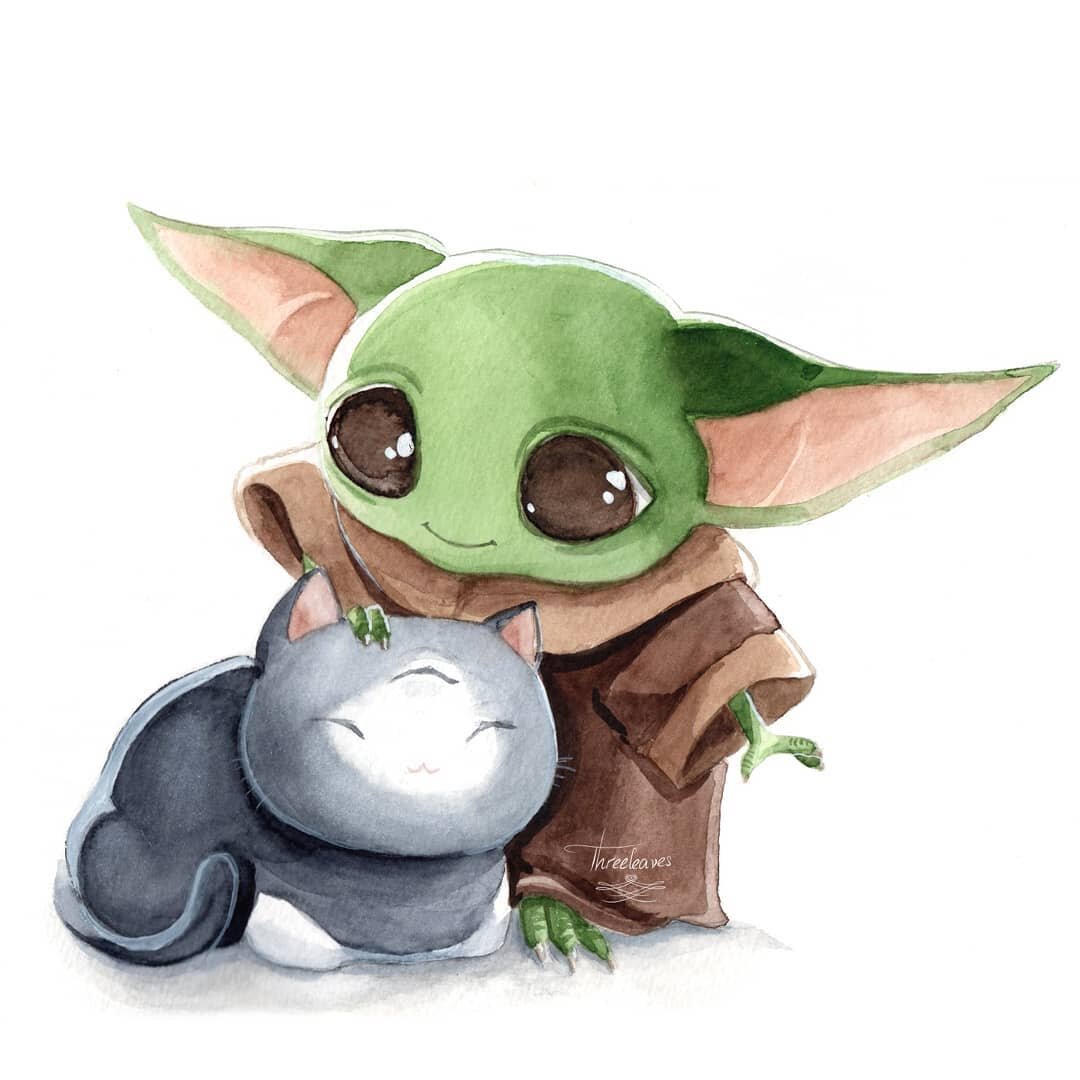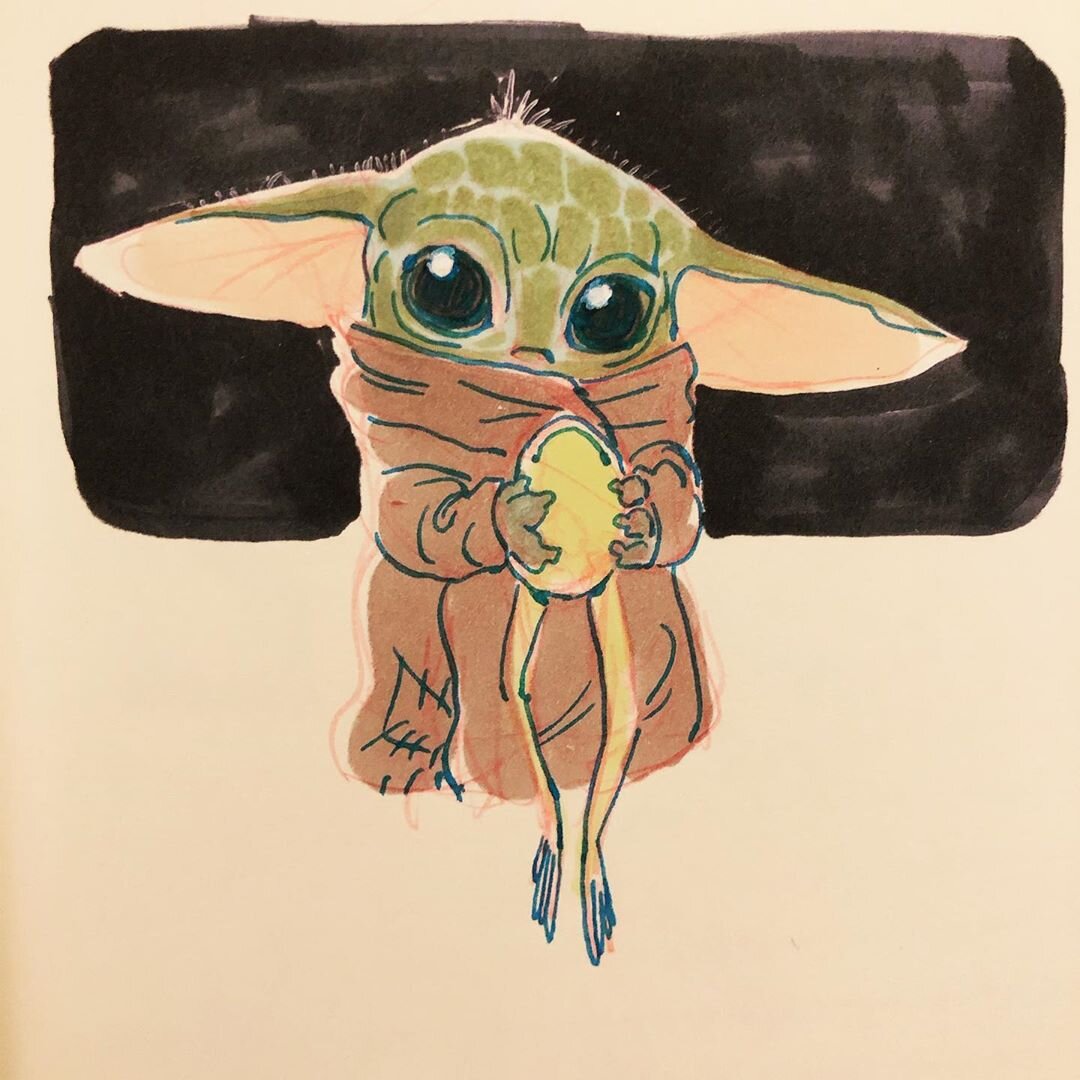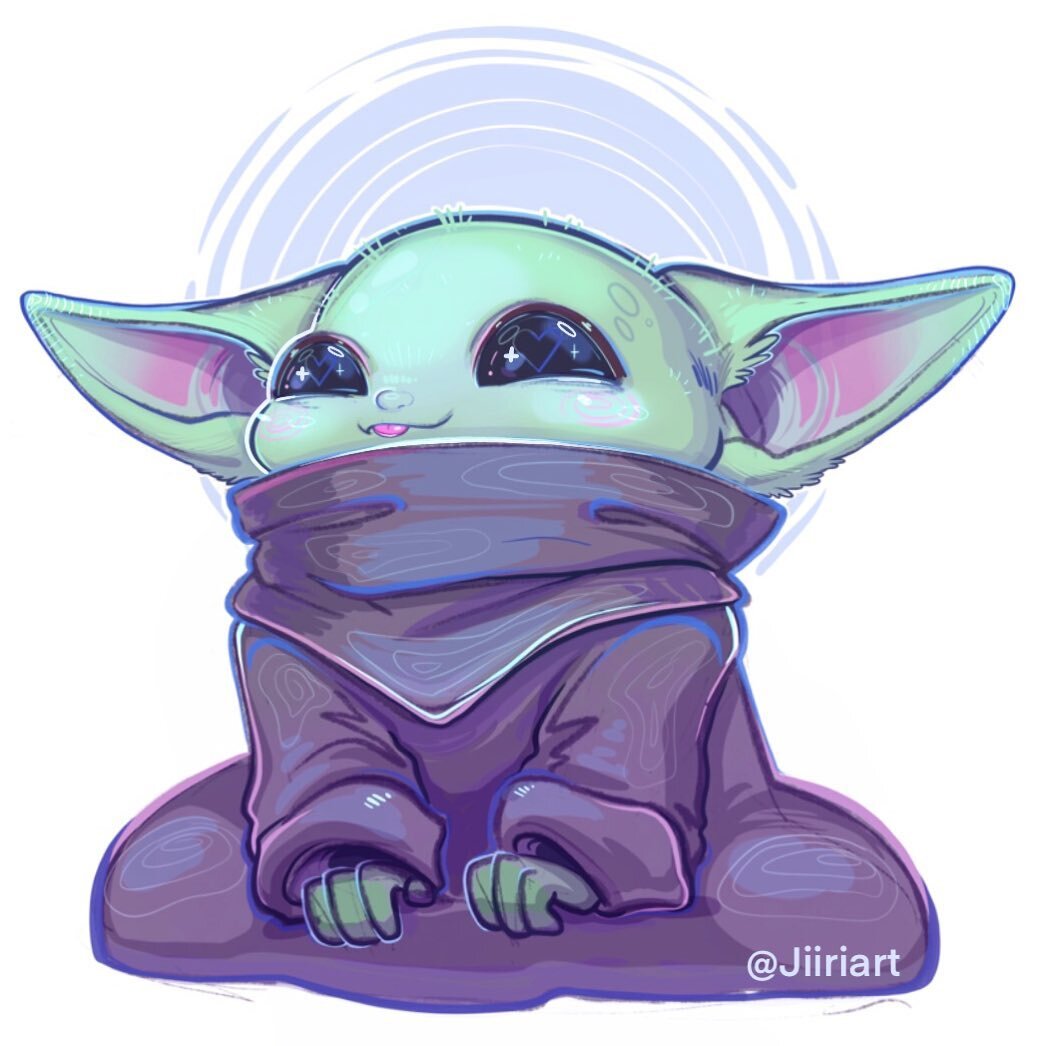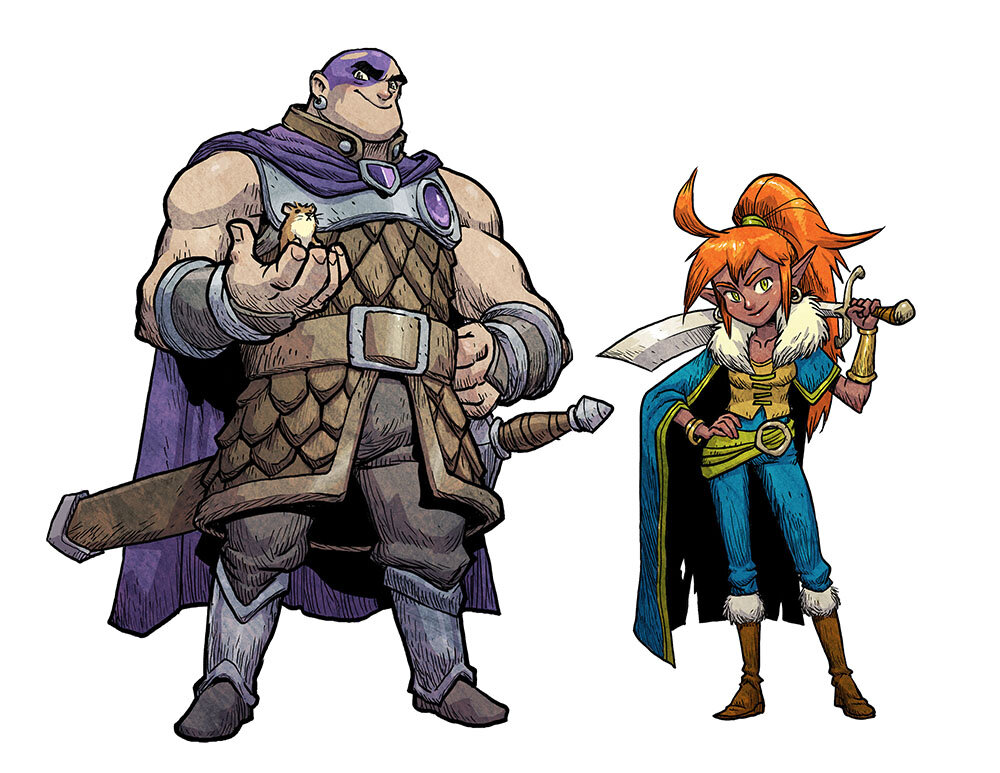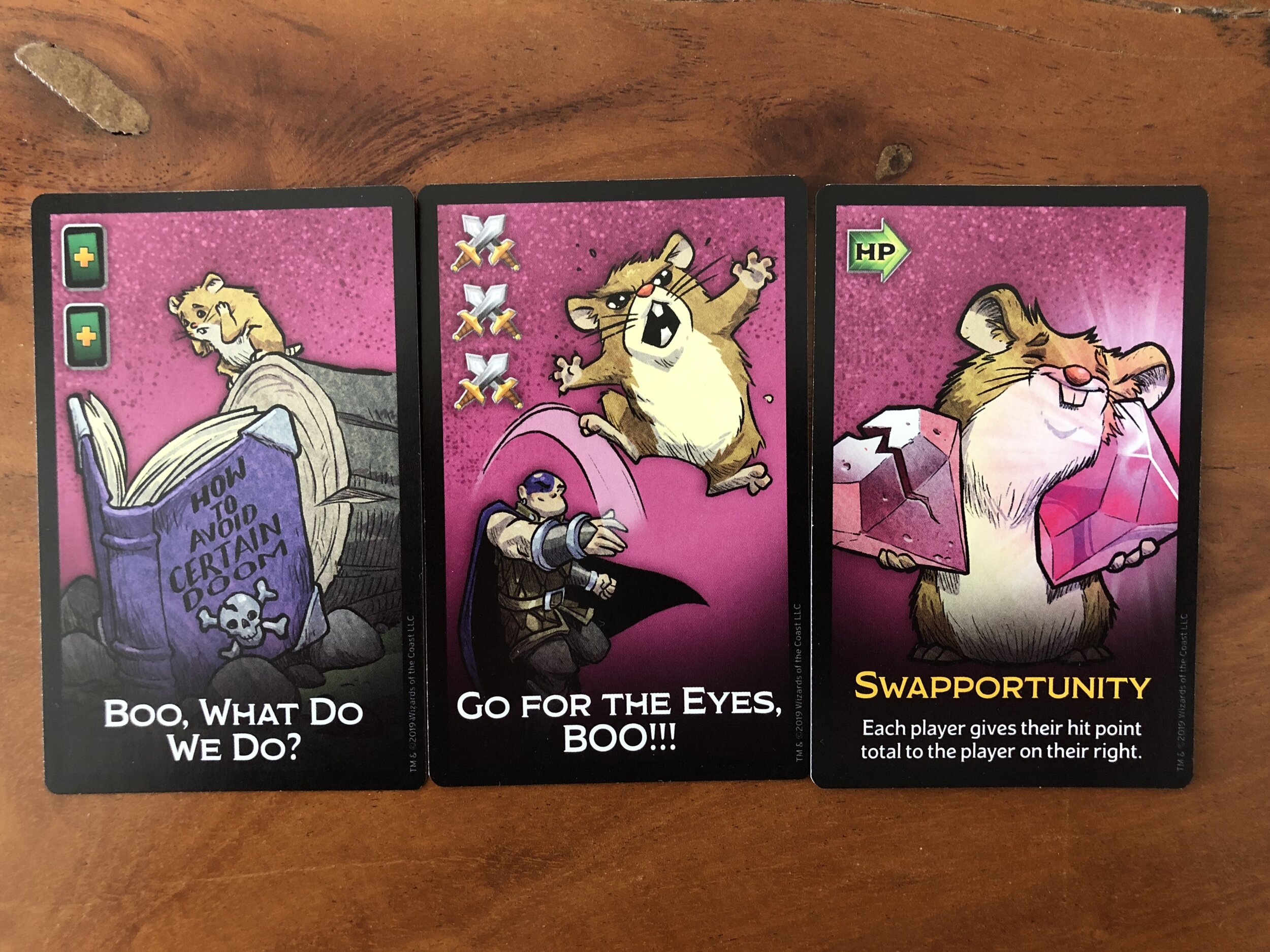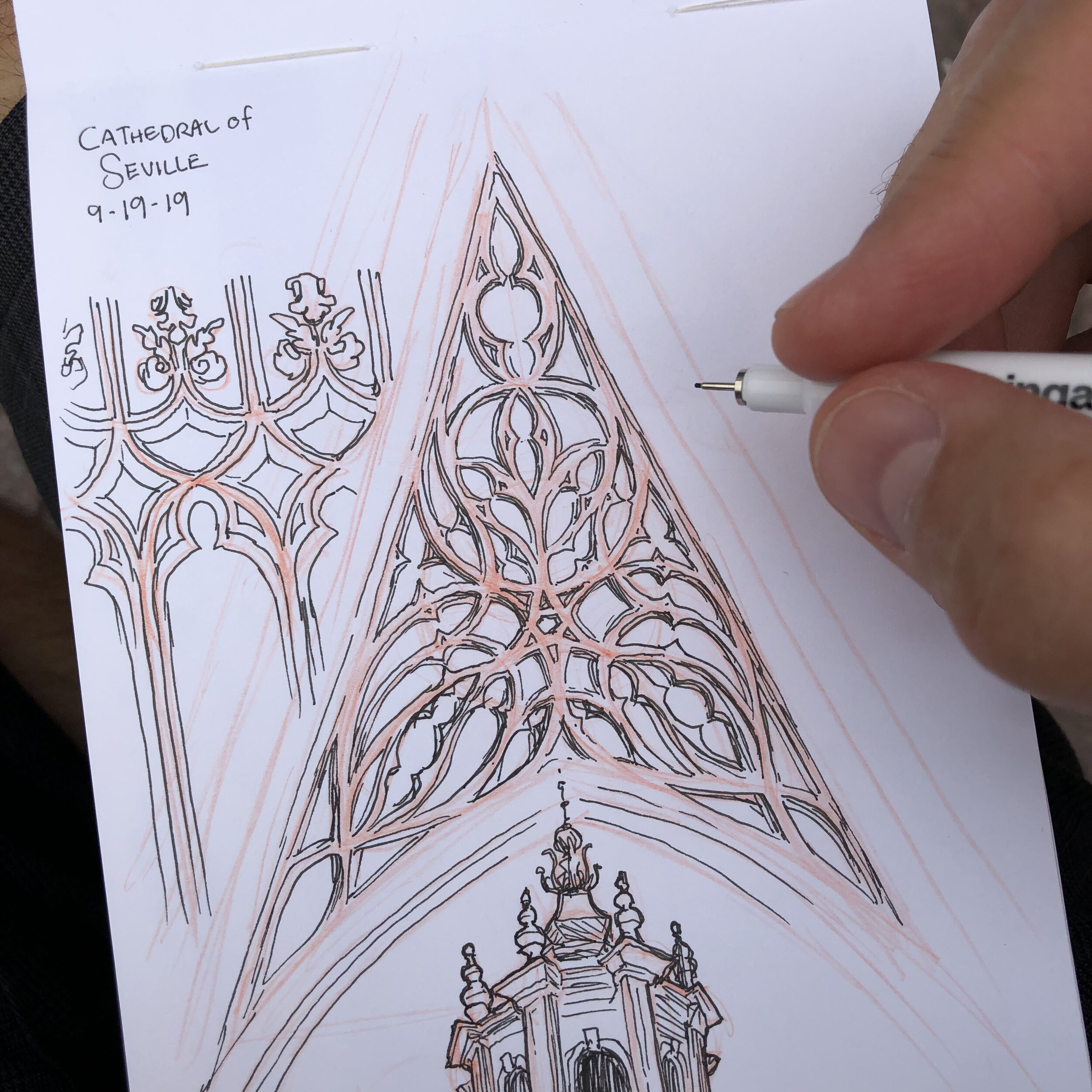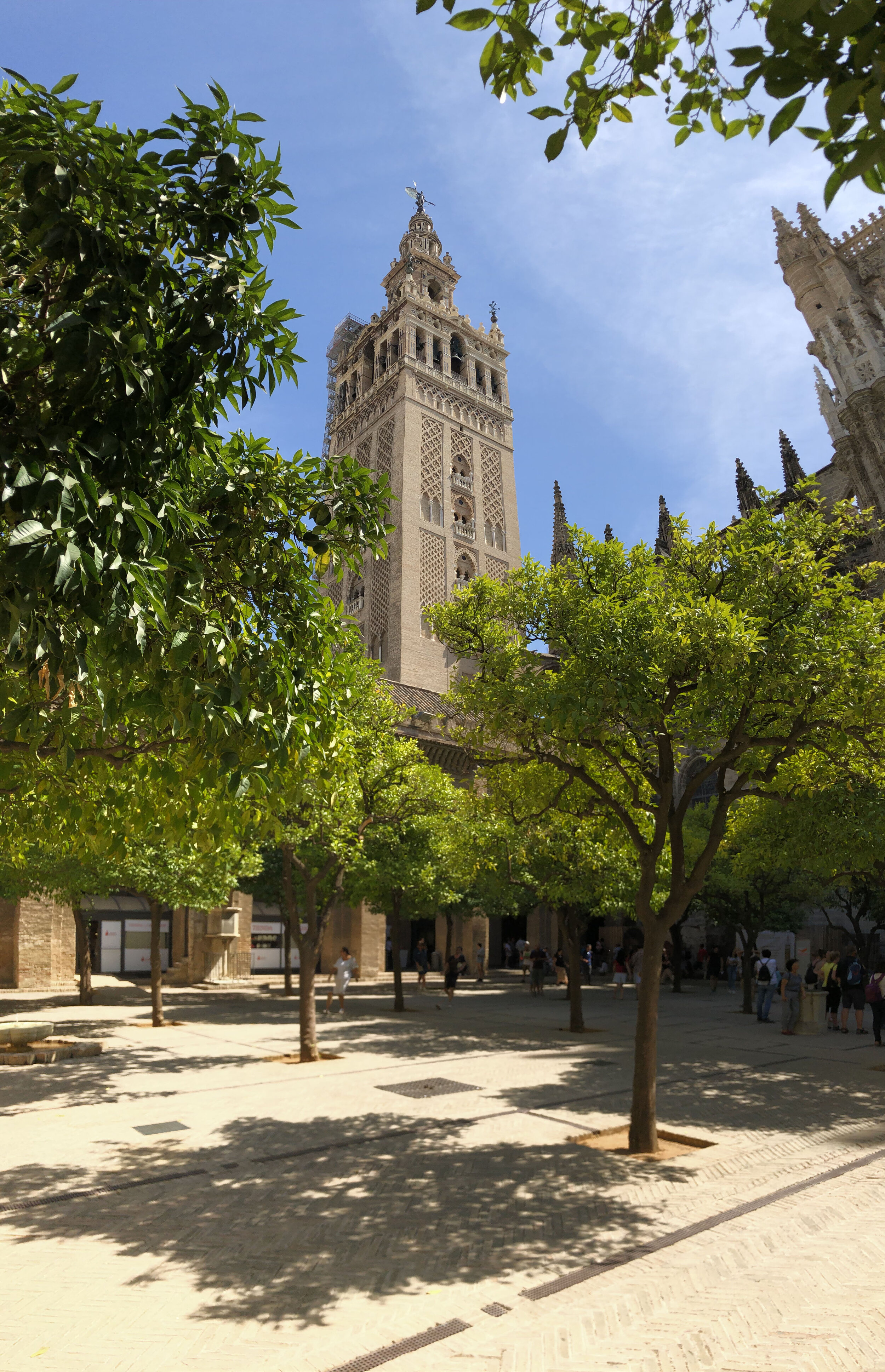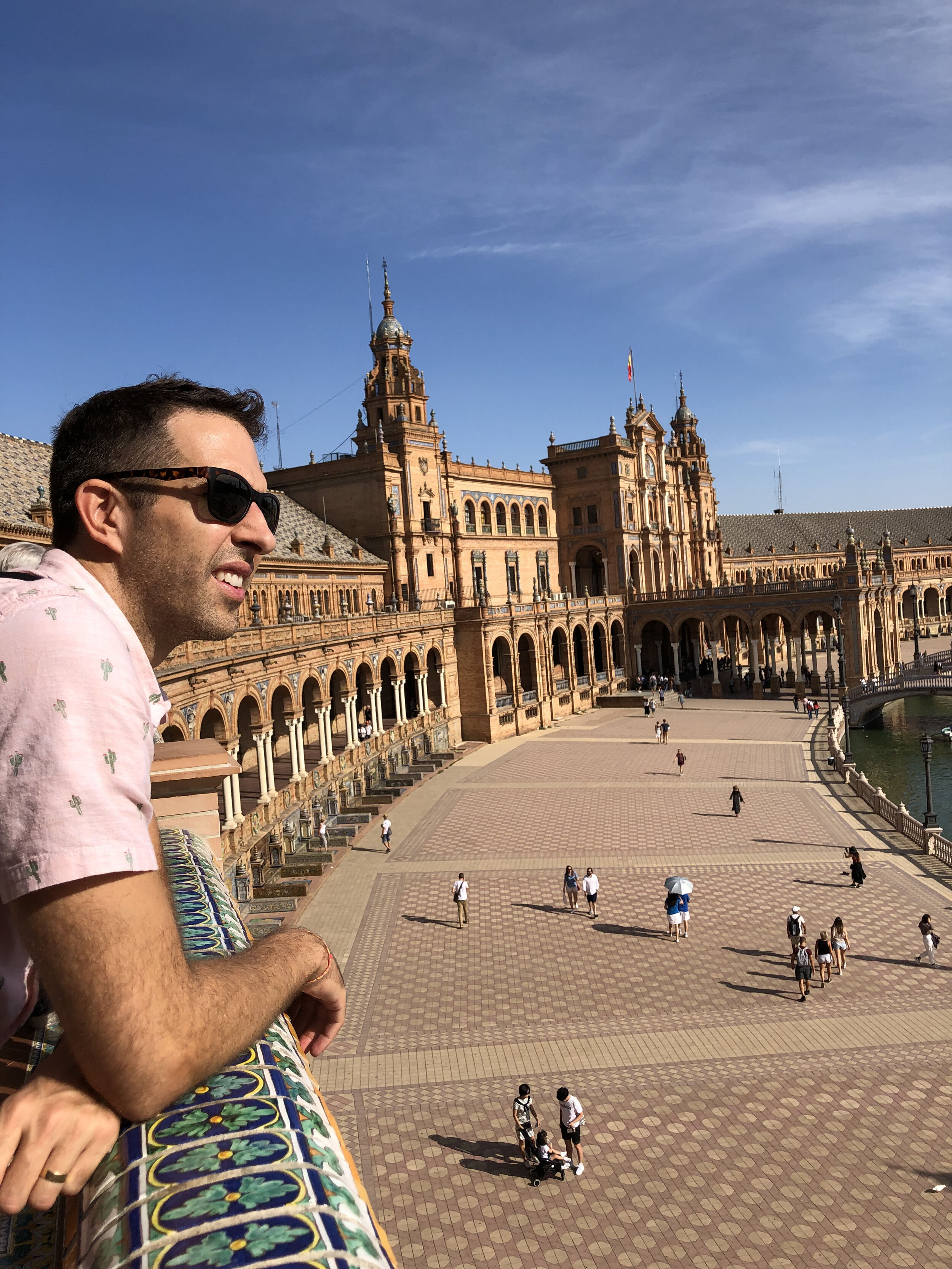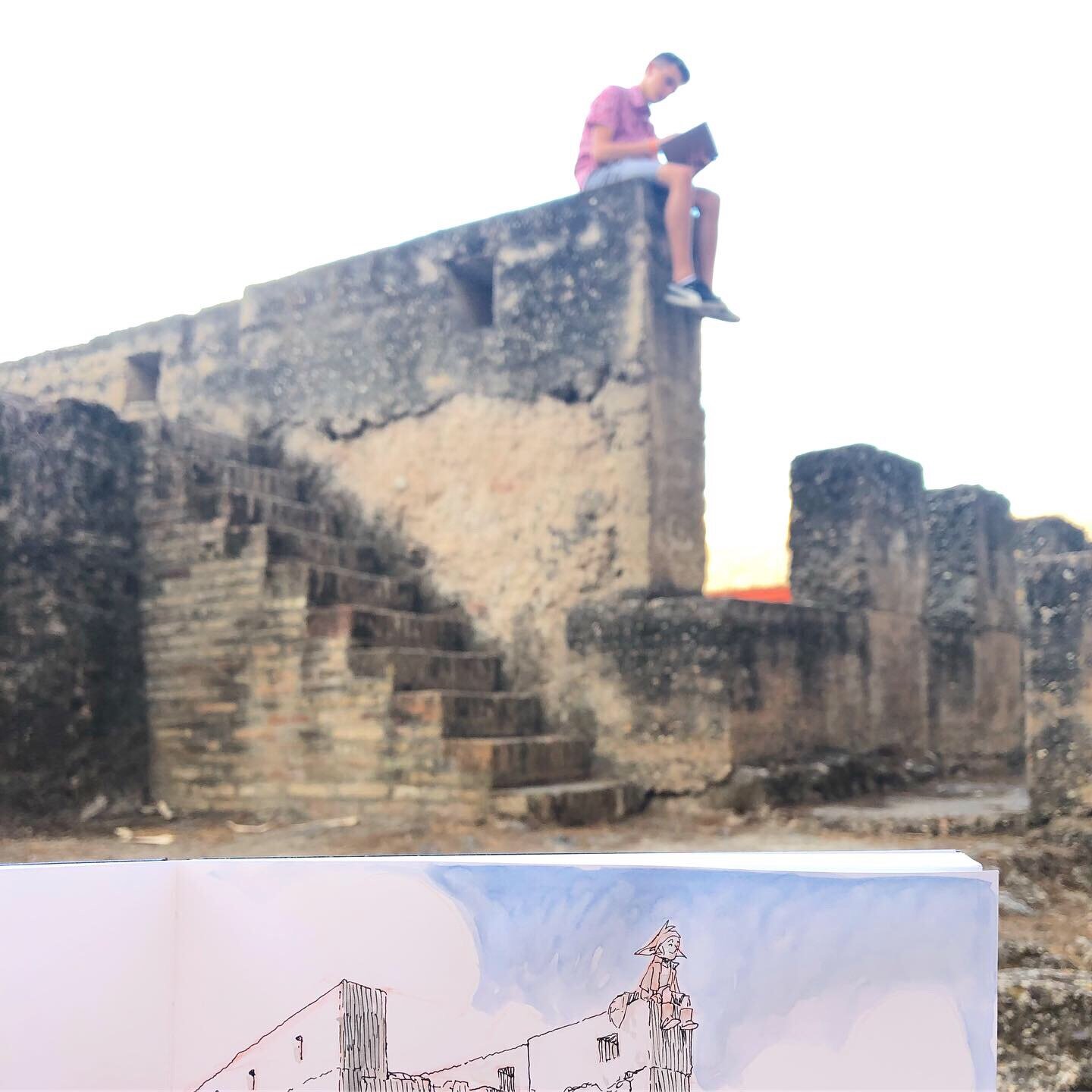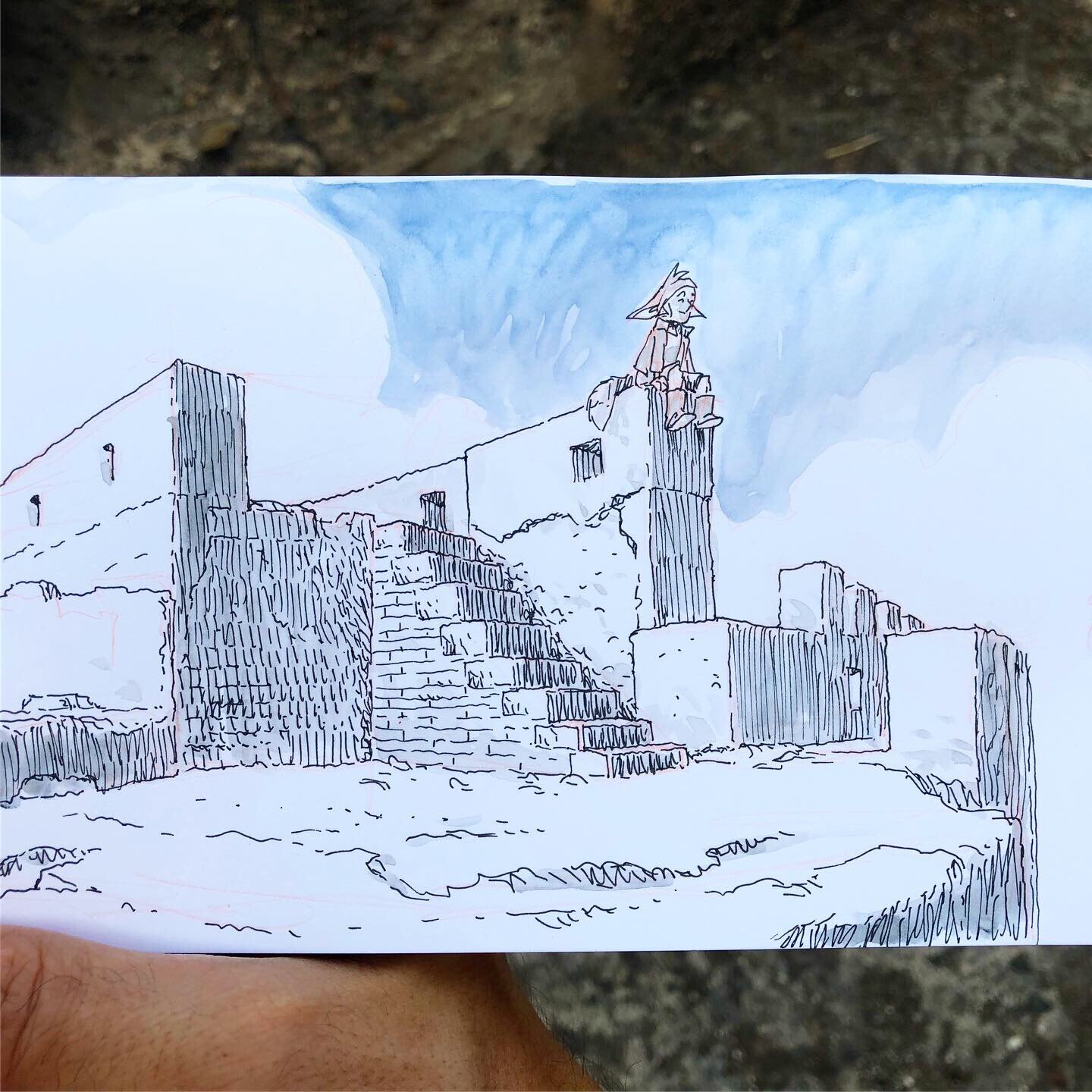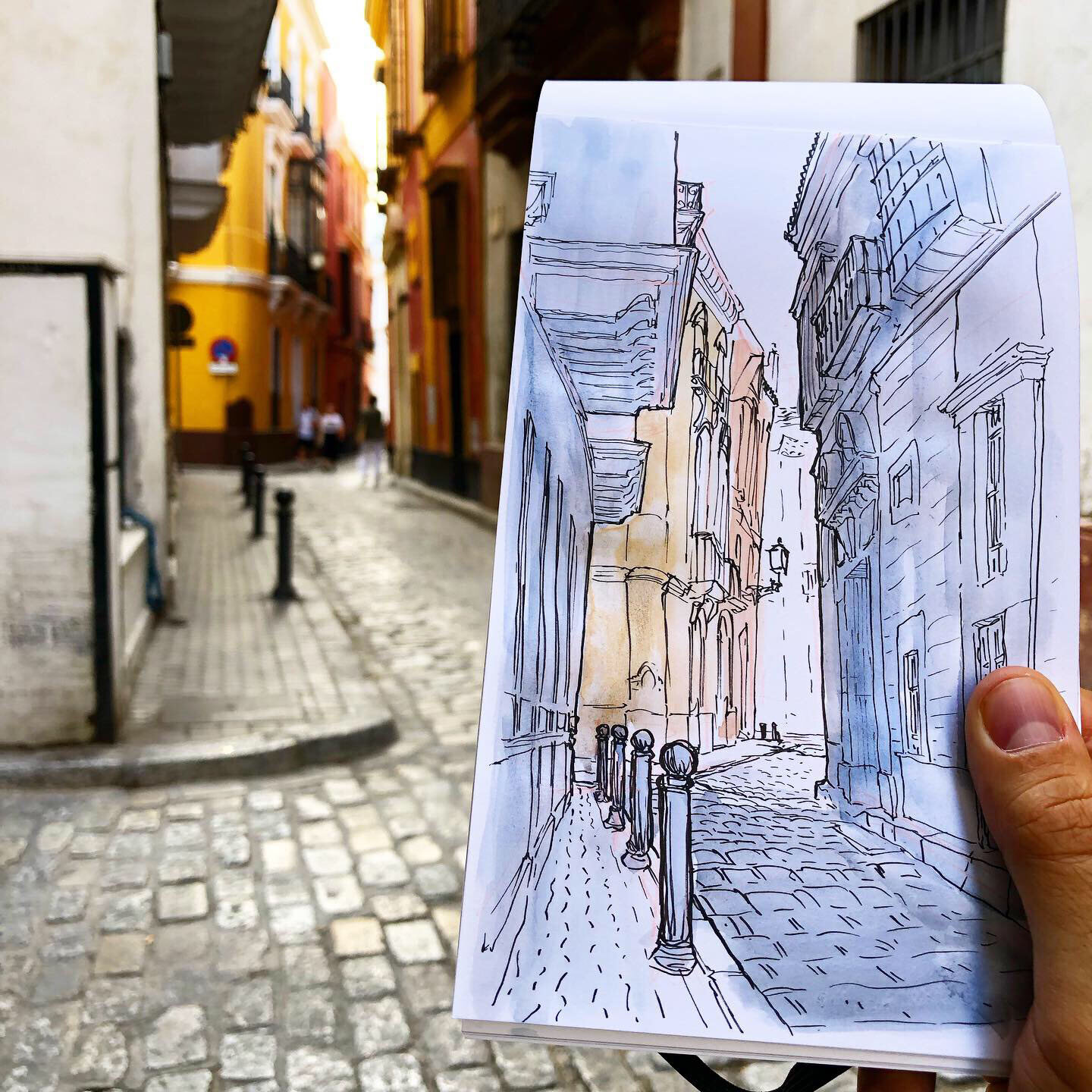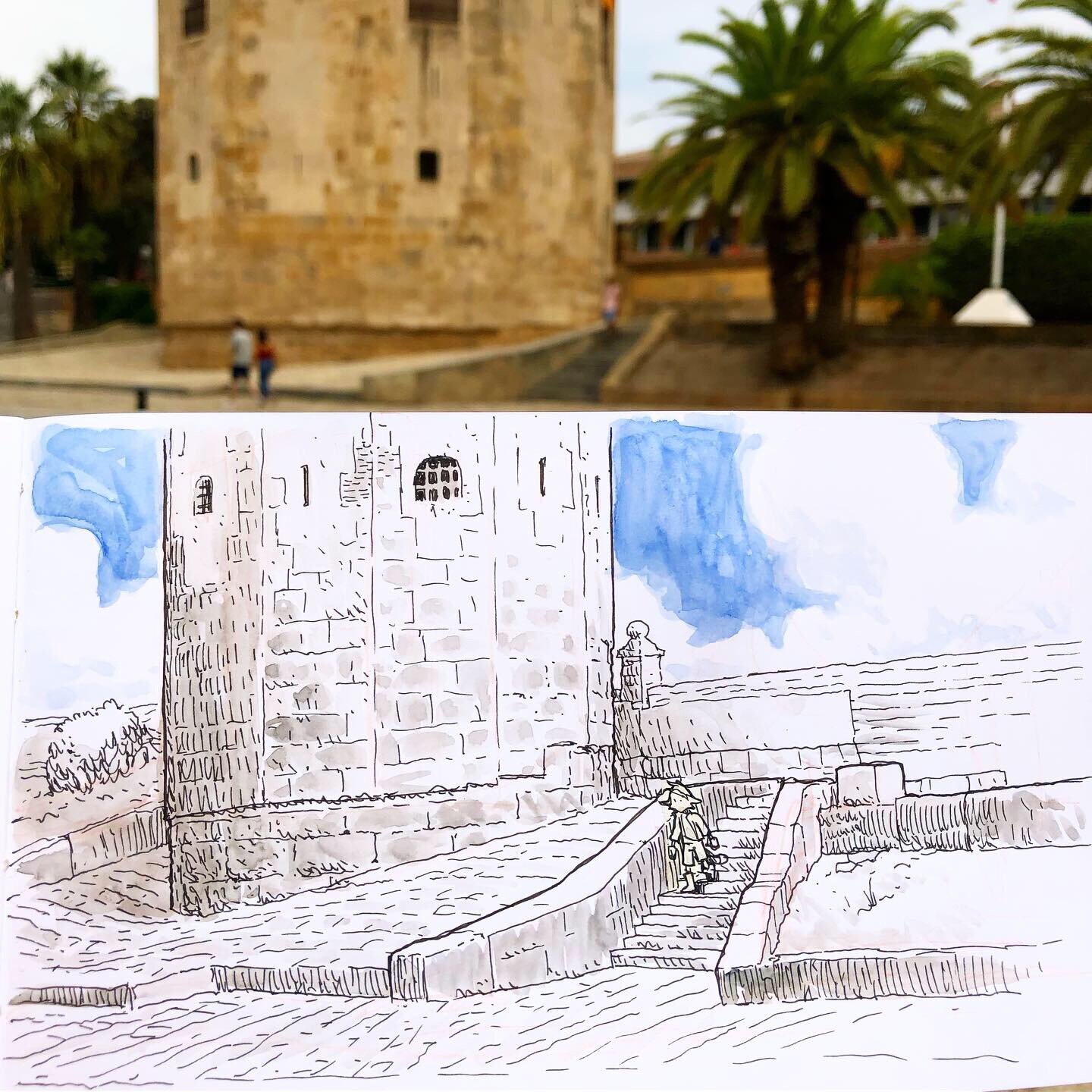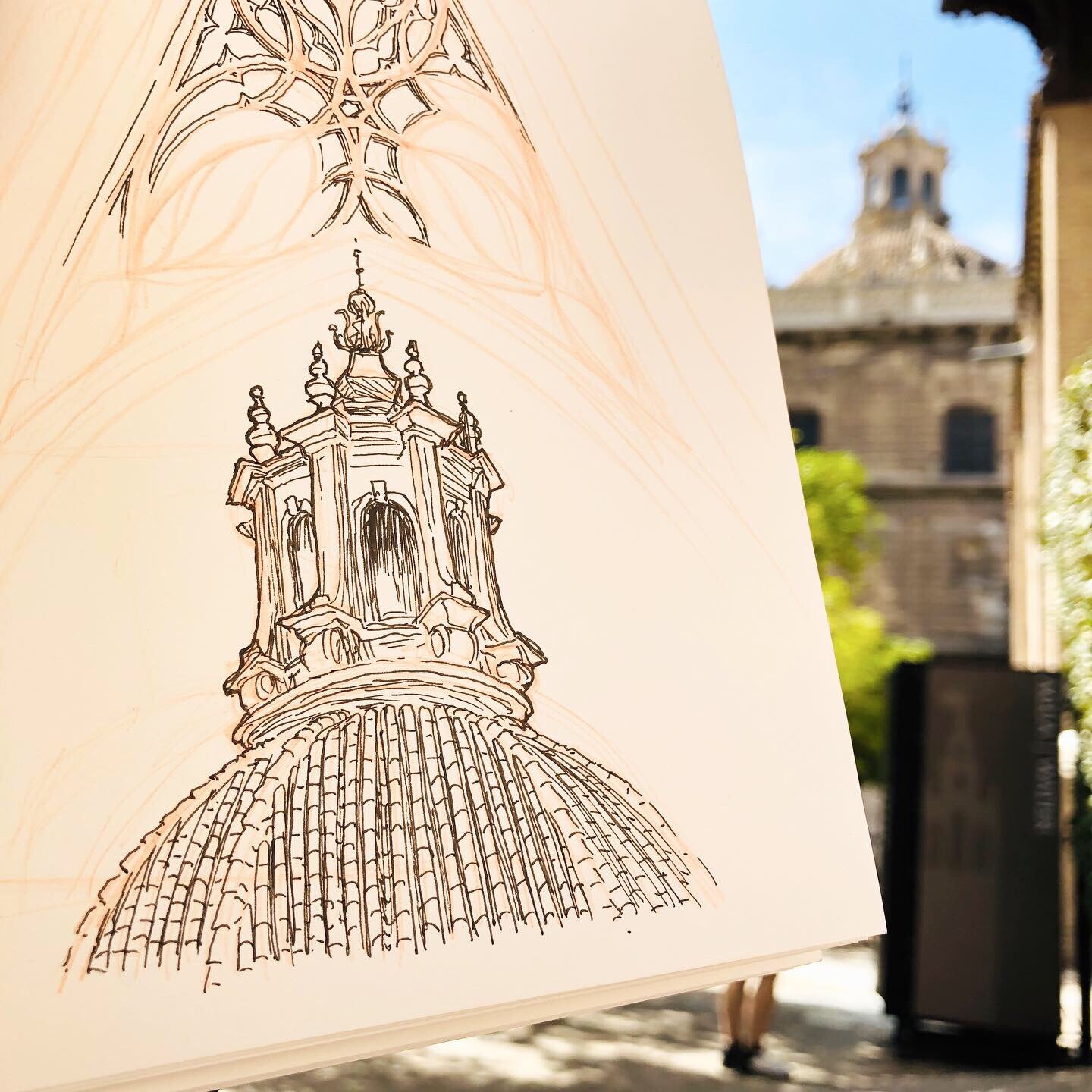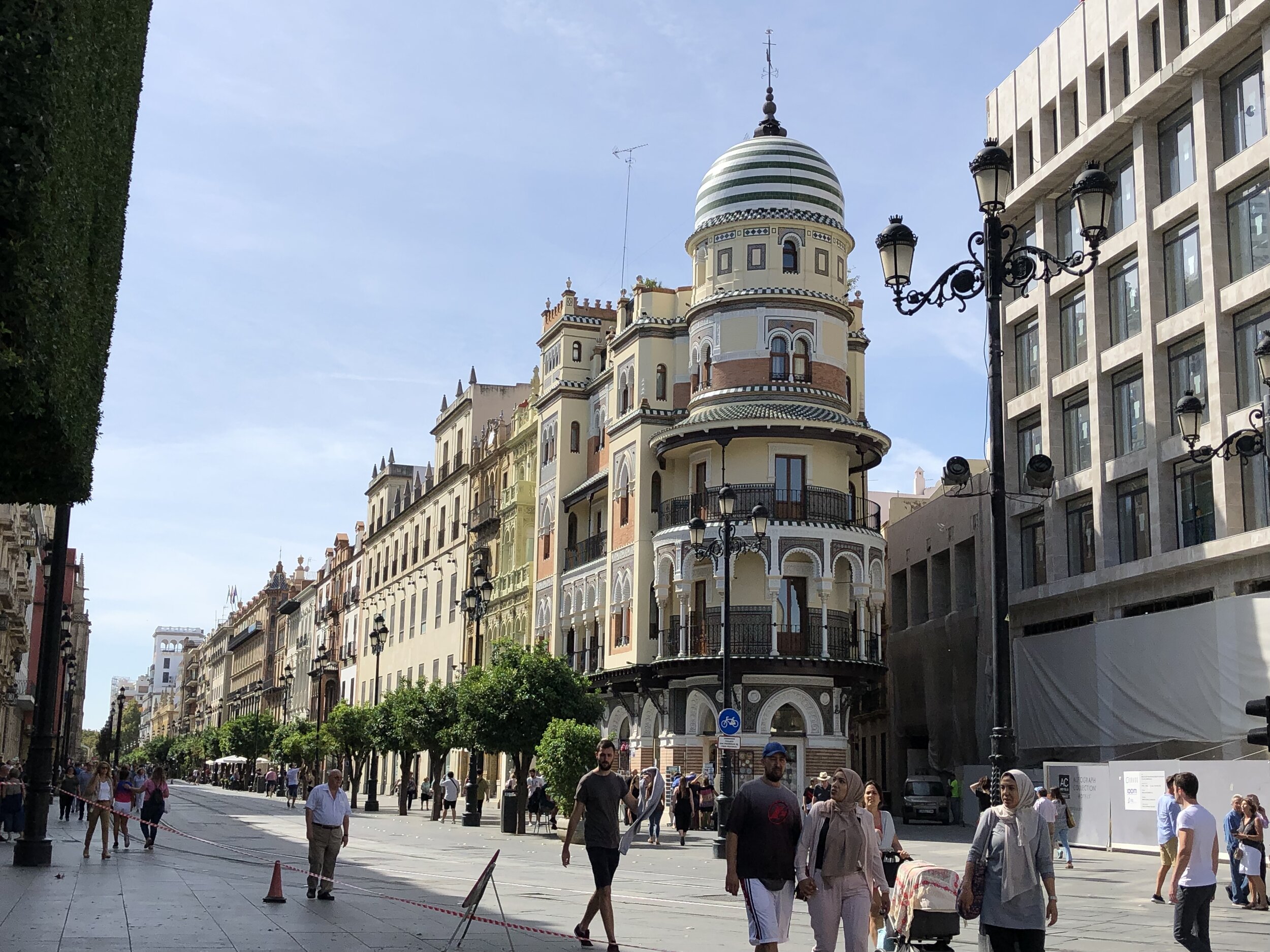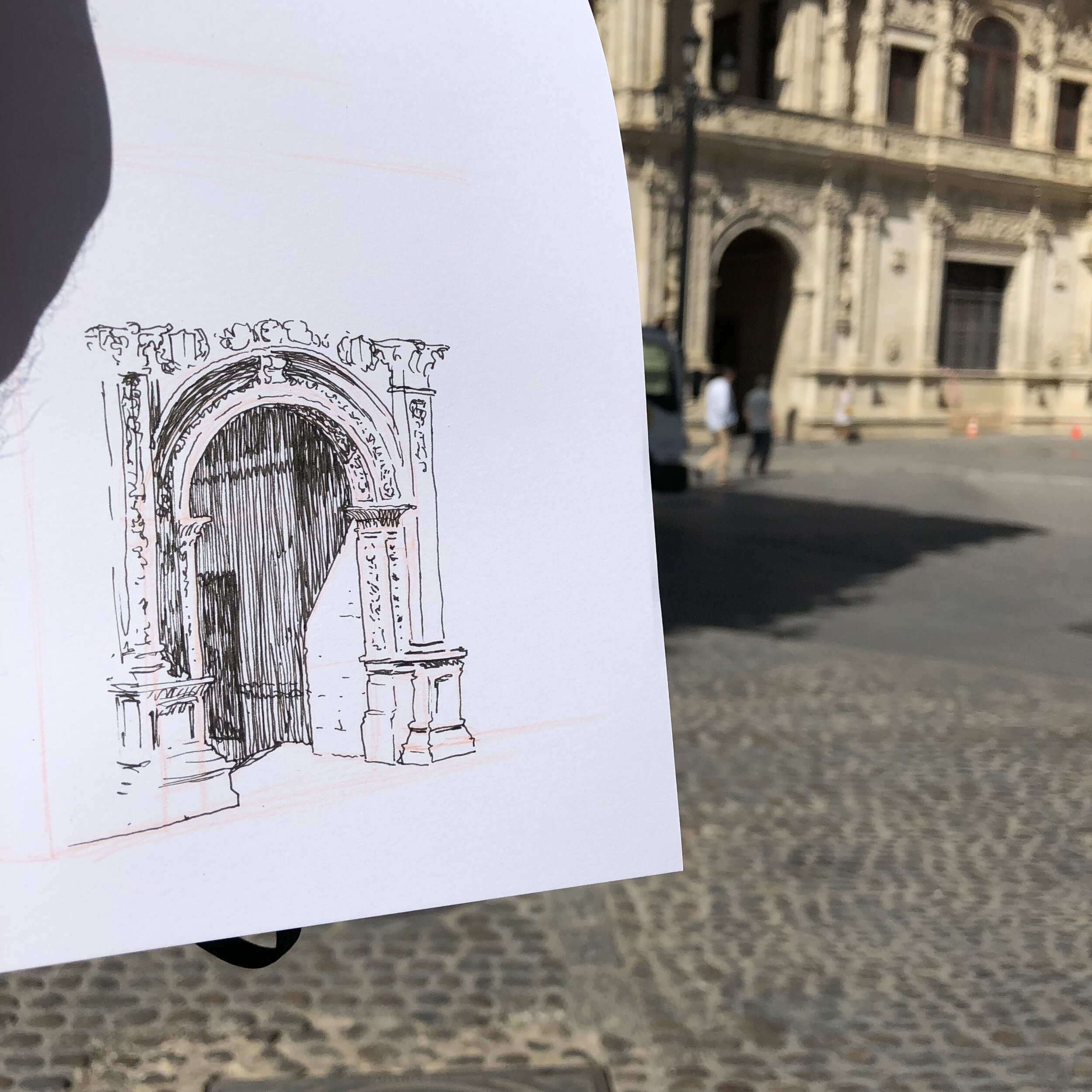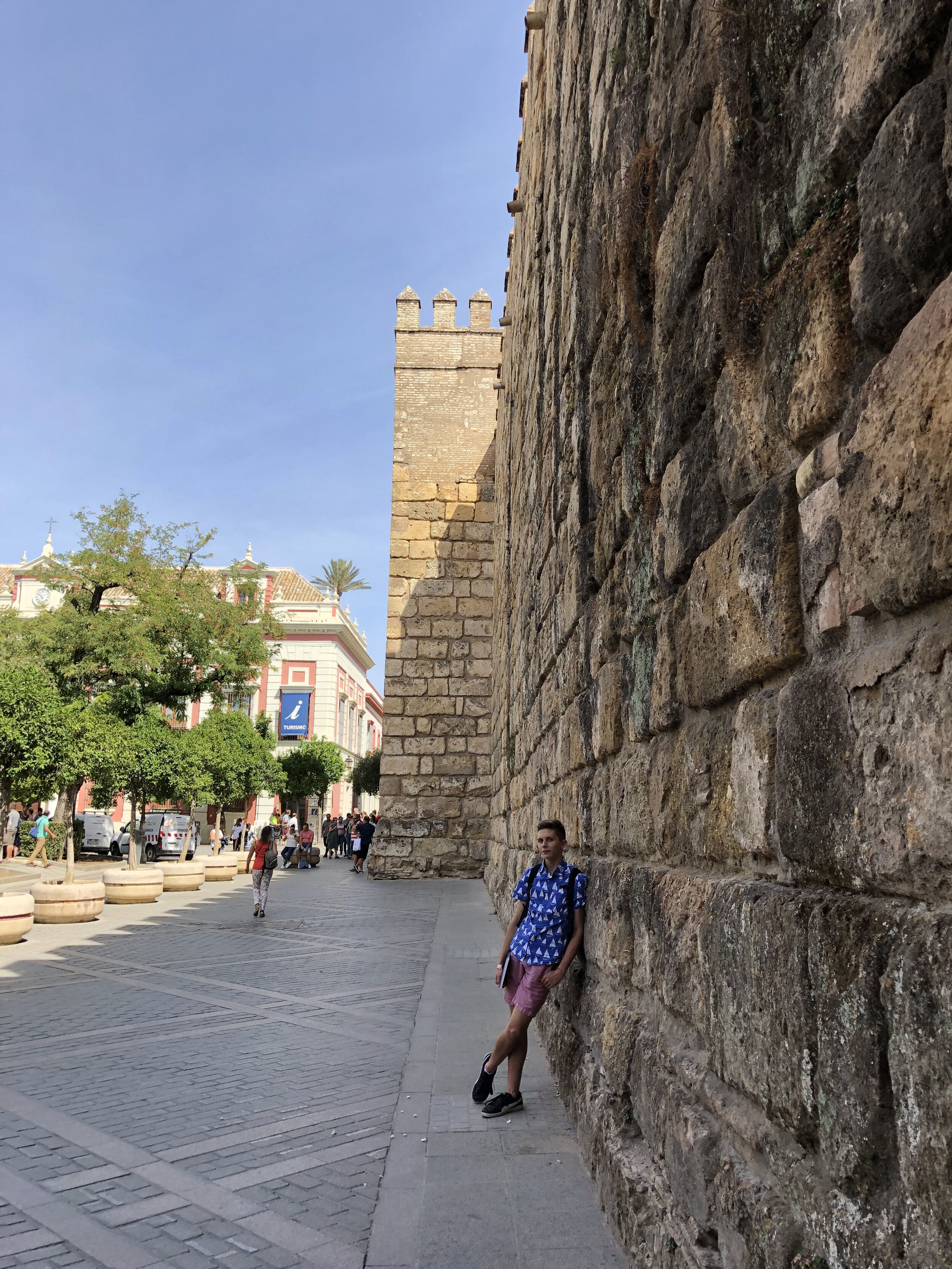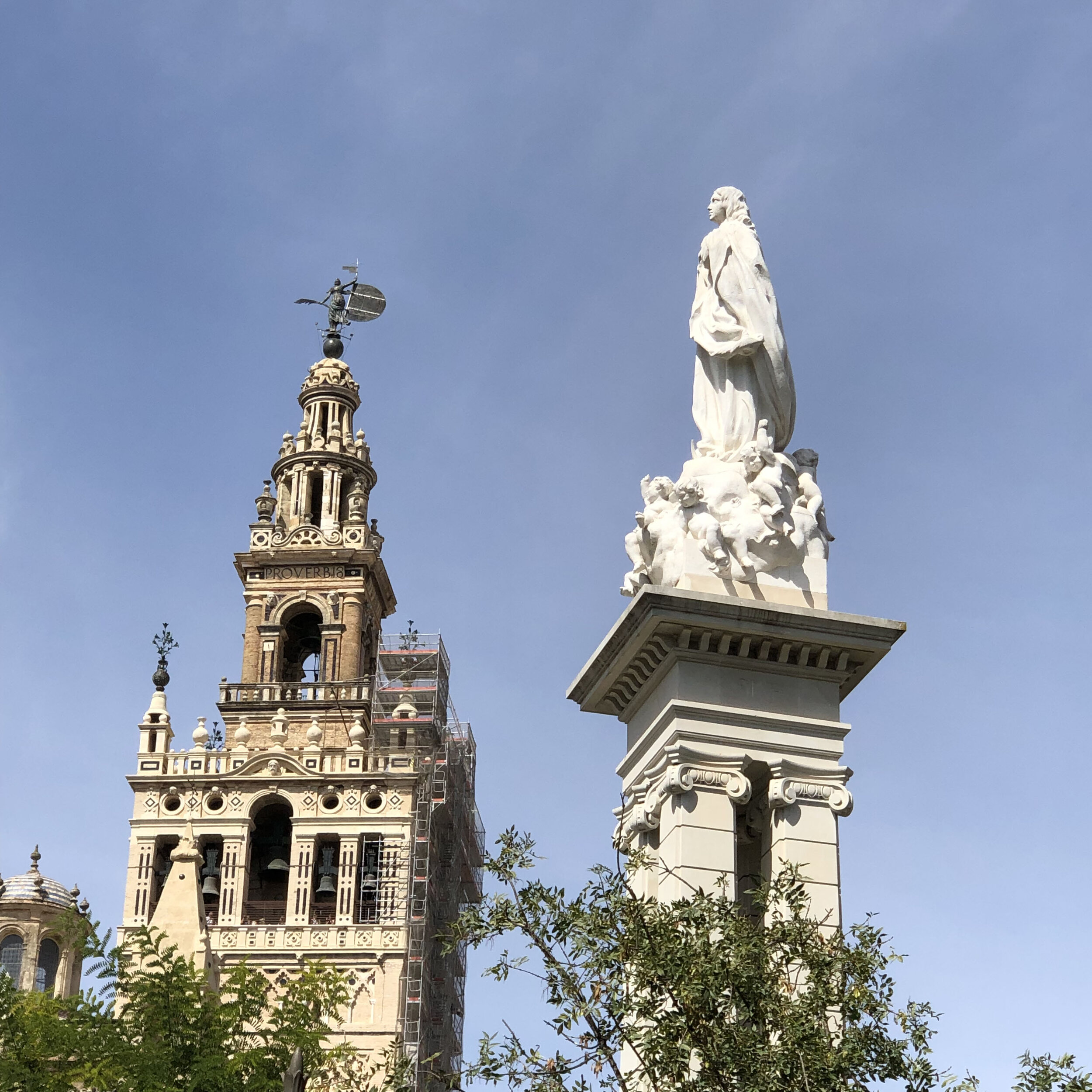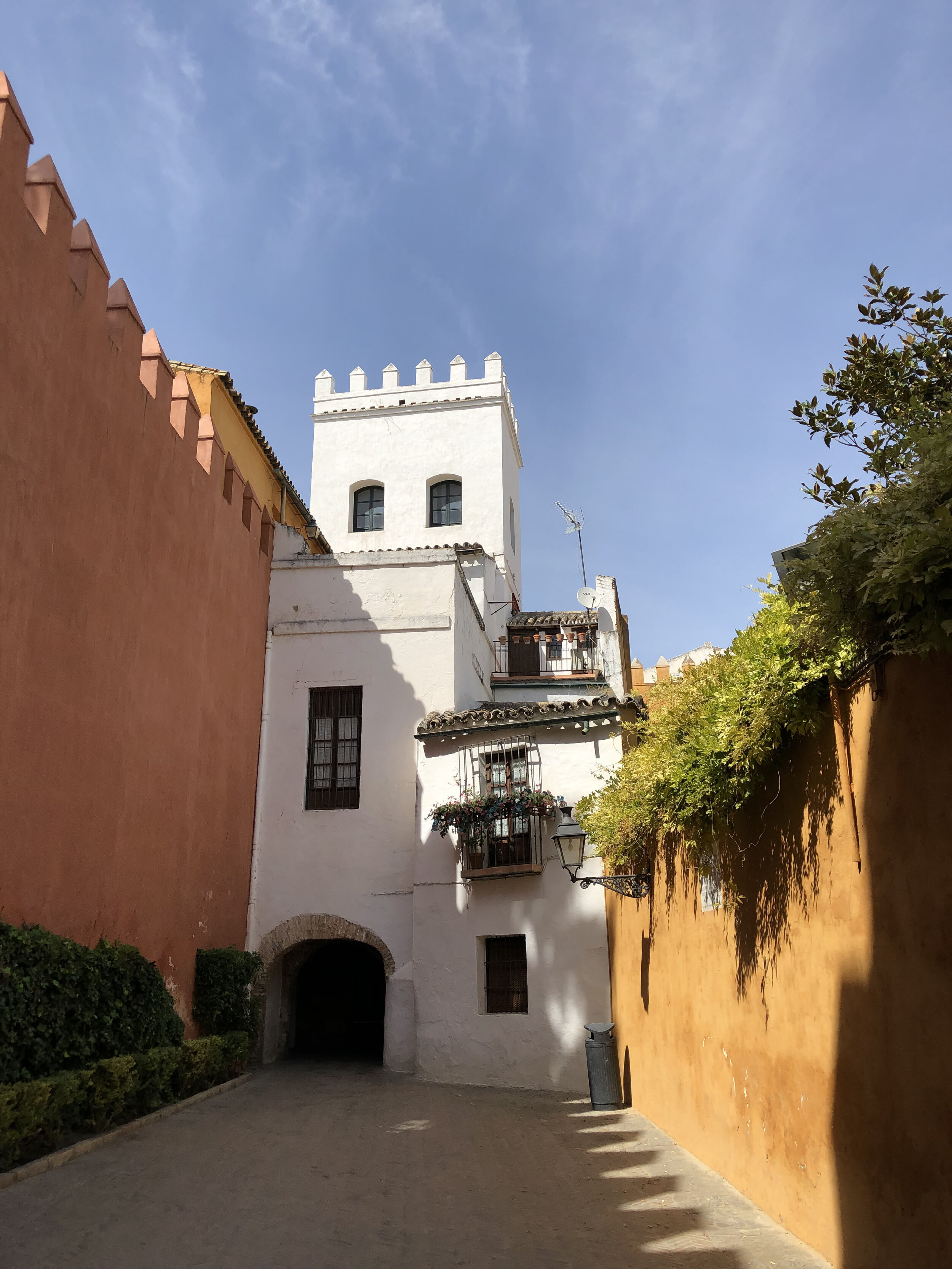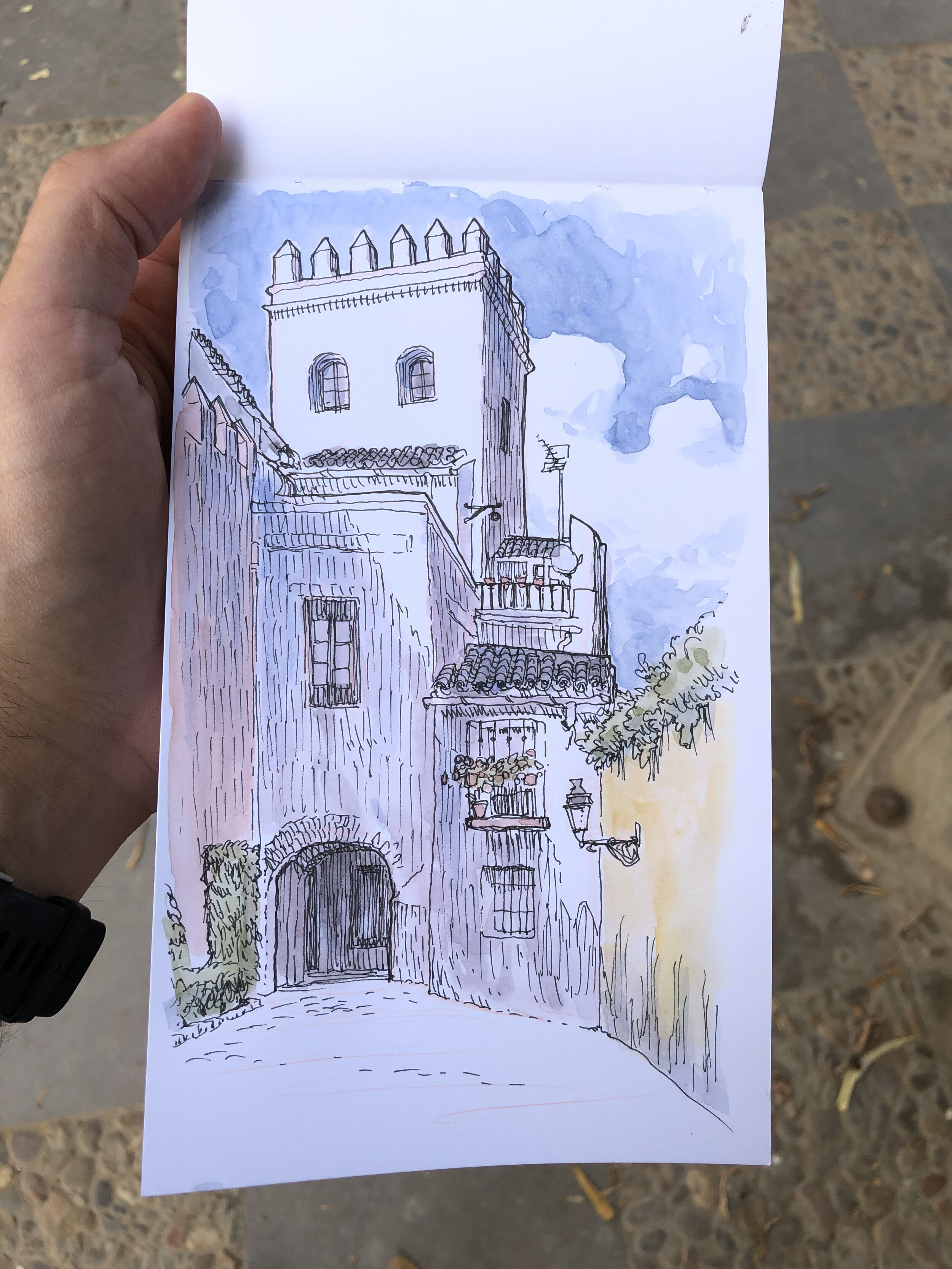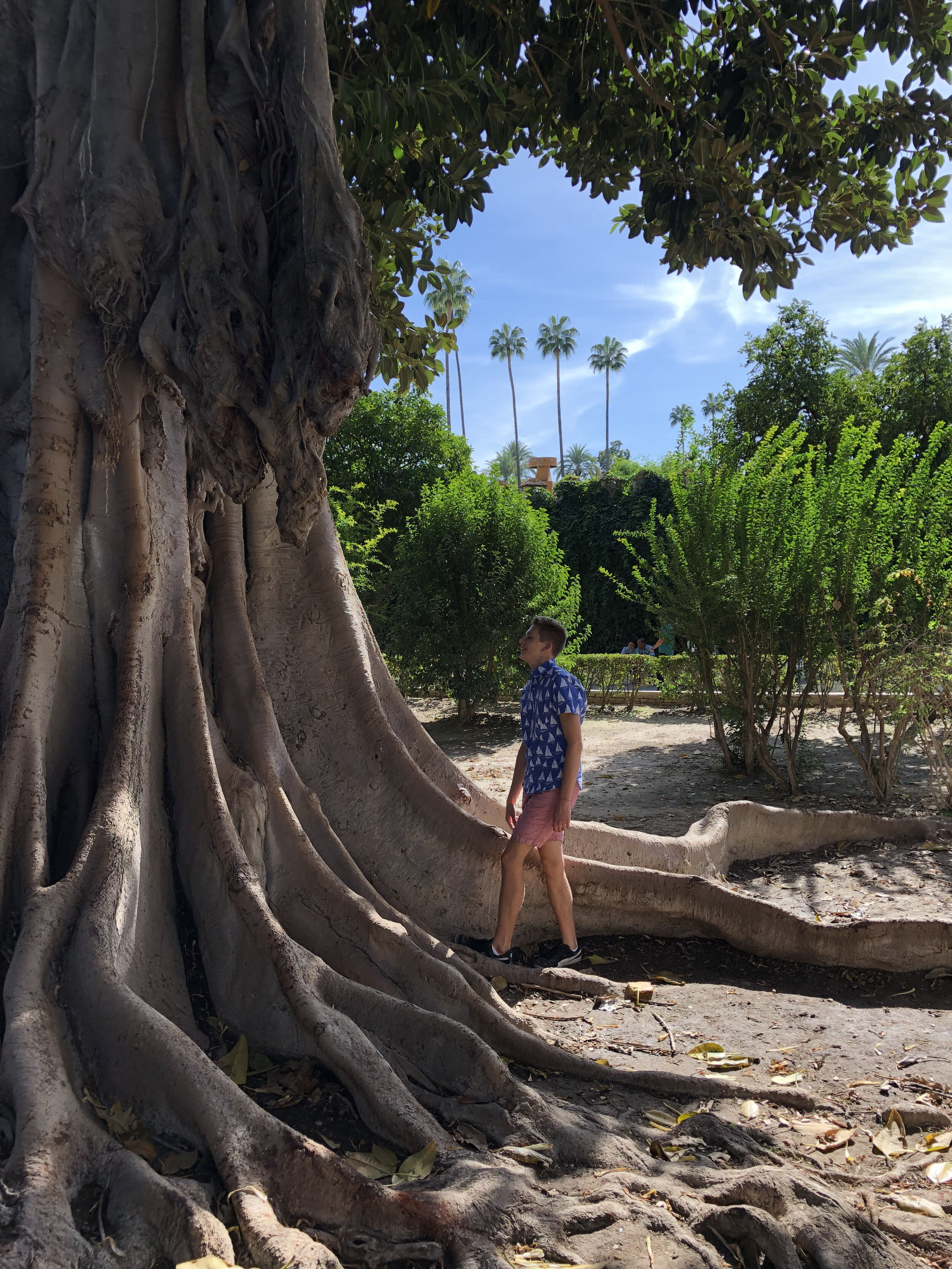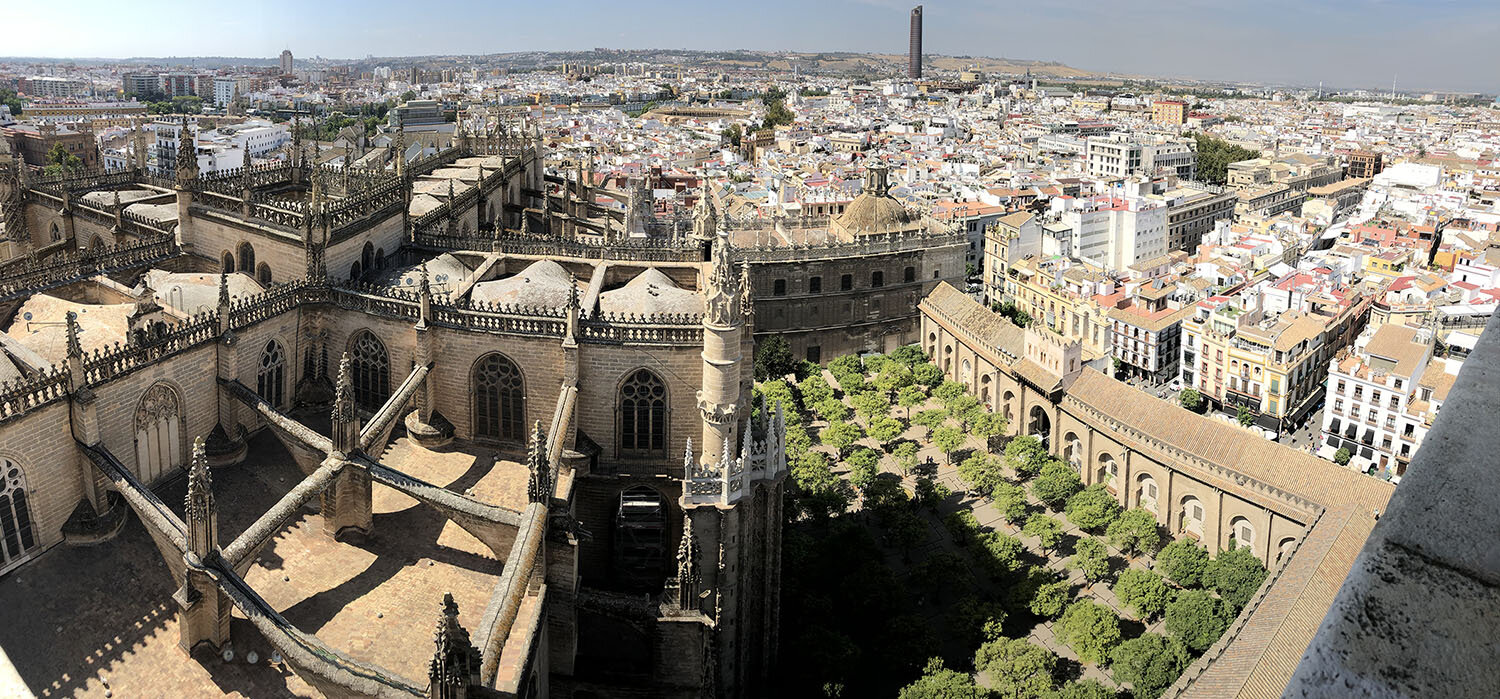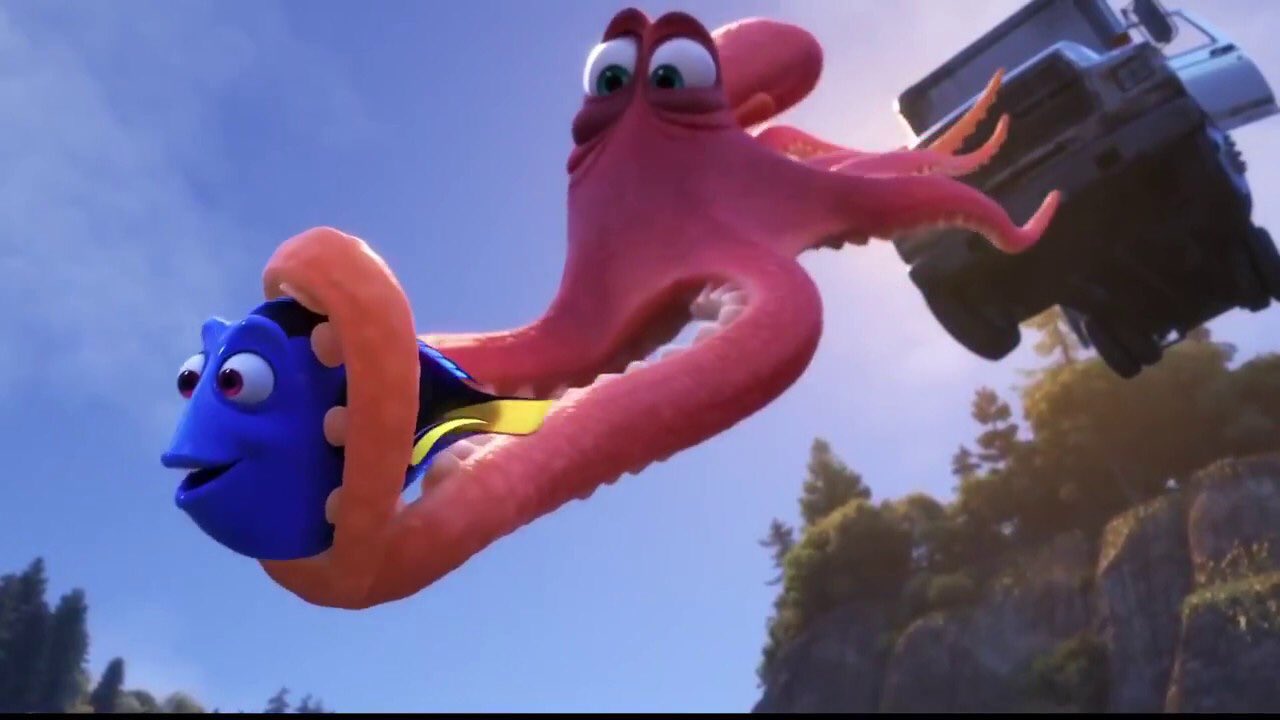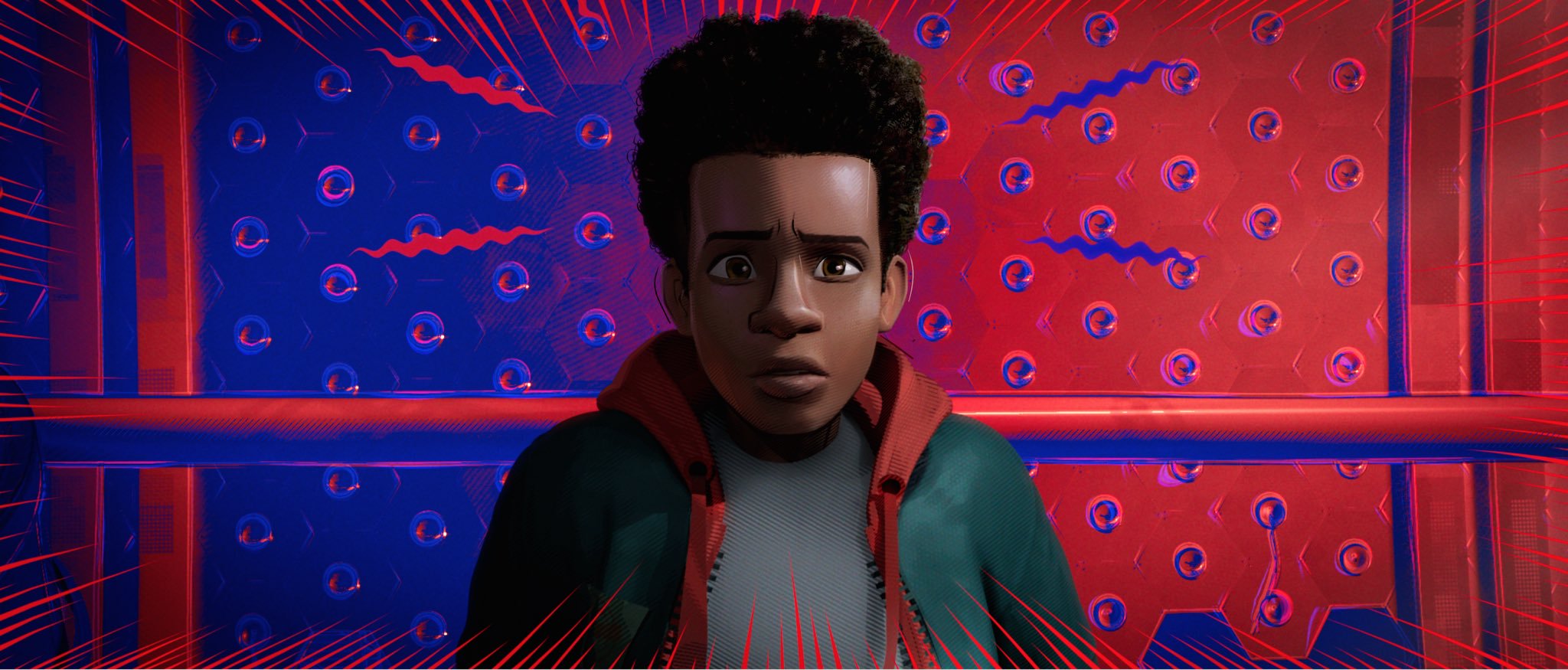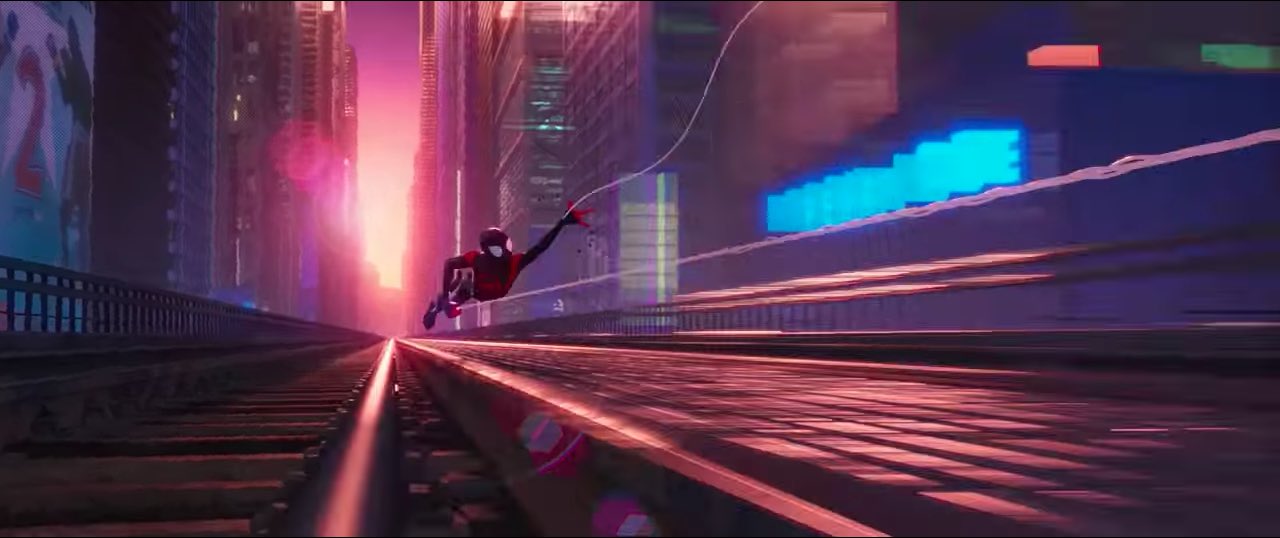It’s a problem I see in myself fall into all the time. And I don’t think I’m alone in this.
Like you, I dream of a future when I can spend the majority of my work day doing nothing but crafting my graphic novel. (And I say graphic novel, but for you it could be anything creative: A screenplay, film, web comic, podcast, novel, art show, album, play, etc).
However, when I do have time to work on it, instead of sitting down to write and draw this graphic novel, what I find myself doing is endlessly preparing for it. Instead of writing my story, I write out my character’s known wants and hidden needs, and how those things are going to be just outside of their reach until they are fundamentally changed by some external force, or I come up with a clever plot device, or I think up an exciting set piece for the climax of the plot, or (and this is my favorite) I draw them in a cool pose. All of these things are noted down in an idea journal or safely kept in a sketchbook and tucked away until I get time to work on it again.
There’s a creed attributed to medieval quarry workers that I think is applicable here:
“We who cut mere stones must always be envisioning cathedrals.”
I think that’s a great way to look at this problem.
I want you to imagine you’re standing out in a field and all around you are rocks of every size. You want to create a shelter for yourself so you pick up a rock, examine it, and realize it would be perfect for the archway of a door. You find several big rocks and realize they would be great for the foundation. Soon you have a massive pile of rocks, each rock has a designated spot in the dwelling you’re wanting to build.
You start to lay them on top of each other and you soon realize you’re no architect and that this house could easily come crashing down on top of you. You decide you better study up on how to build houses better. The more you learn about how to build a house the more you realize just how hard it is to create one. You go back to your rock pile and decide some of these rocks are way too rough to be usable so you start chipping away at them crafting beautiful stone blocks.
Soon you realize that some of the rocks aren’t going to work so you toss them out and go searching for replacement rocks. Meanwhile, as you study architecture more your simple house idea becomes less and less appealing and you want to build a cathedral. You then realize you don’t have enough stone blocks for a cathedral so you go out to find more suitable rocks and start chiseling away at them. Years pass and as you stand back to look at your work it’s evident that you never started building your cathedral, but have worked tirelessly to build a massive pile of stones.
I worry that people are spending too much time envisioning cathedrals, and not enough time building them.
This is the world-building trap in a nutshell: You think you’re making something, but in reality you are stalling.
There’s three problems I think are causing this.
Problem 1: Social Media and Dancing with Infinity.
Here’s the perfect storm we find ourselves in right now.
It’s never been easier to share your art with the world.
There’s never been a stronger appetite for new things than there is now.
The ability to support yourself from a fanbase has never been more accessible.
We live in this incredible age where it’s never been easier to get your art out into the world. The tools we have available to us now make it easier than it’s ever been to create something, push a button, and have it be available to everyone.
Likewise, there’s never been a stronger appetite for new things than there is now. There’s a reason there’s multiple streaming services not for just tv and film, but for books, comic books, audio books, and music too. These services have given rise to bingeing culture, showing us that the need for entertainment is insatiable.
What’s also intoxicatingly appealing is that the ability to find an audience and support yourself from them has never been more accessible. 40 years ago you needed 100,000 people to actively buy your books in order to make a comfortable living. Today you just need 1000 true fans making the pressure to create and to be prolific even more important.
The eye of this perfect storm is social media.
Social media favors anything that can be consumed in seconds. There is a temptation with social media to, as Seth Godin calls it, “dance with infinity.” What he means by that is when you post a drawing on instagram there is a chance (small, but still there) that it could be seen by everyone in the world. This causes artists, myself included, to cater their work to the algorithm.
When you are trying to perform for the algorithm you end up being very busy making easily digestible art instead of making important, lasting work. Godin says, “Dancing with infinity isn’t free, and if you do it too long, it’s corrosive.”
Most social media algorithms favor accounts that upload engaging content frequently and in return shows your posts to more accounts. The need to constantly upload to stay in favor of the algorithm and have access to more of the feeds of your followers means you need to crank out something postable multiple times a week. Postable does not mean finished, it just means good enough to get a like, a comment, or a new follower.
Many social media platforms also favor images that catch the raw or intimate moments. Or moments that look raw or intimate, no matter how fabricated they are behind the scenes.
Over the years I’ve completely transformed the way I do art to meet the needs of the Instagram platform. I’ve discovered that photos from my sketchbook outperform finished, polished work I do in photoshop. I’ve switched from media that takes me a longer amount of time to make a piece to using media that allows me to make something “finished” in 30 minutes to an hour. This is all so I can share something postable 4-5 days a week.
Before social media my online time was spent on my blog, surfing other blogs, and on various forums I participated in. I was limited to what I could access from my computer, which means I didn’t always have this gnawing attraction to a computer in my pocket and I could spend the rest of my day thinking, processing and creating. Consequently, I would spend a few days on an image, post it on the blog, a few forums, and the rest of the week my creative free time was spent filling sketchbooks with ideas.
About once a year I would do a short full color 15-20 page comic that would take a couple months of work. I’d share this on my blog, or save it to be collected in an anthology I’d be putting together with friends.
Ironically, this much slower pace of creation made me create things that were way more important and lasting.
Posting a work-in-progress of a comic page garners way less engagement than a cool original character design, and a cool character design gets way less likes than fan art. (Fan art has its own pros and cons, which I talk about here.) When you’re getting more engagement from single iconic images, it’s so much easier to post a character or a spaceship and give a little back story than it is to actually write that into a story.
This can fool you into thinking you’re making something, when in actuality you are putting another rock on your rock pile.
And that’s what I have been doing for the last 6-7 years: Way more world-building and way less storytelling.
Problem 2: Input overload.
The other side of the social media coin is that there’s SO. MUCH. COOL. ART. For artists this can lead to an especially creativity-paralyzing activity: reference diving. This is where you spend hours on pinterest, artstation, pixiv, deviantart, and instagram favoriting, bookmarking, and organizing cool ideas that you’ll harvest later for your story.
I think there’s a problem with doing this too much. Seeing all this cool art and ideas tricks your brain into thinking you are participating in the creation of that art. When in reality you’re not participating at all. You’re cataloging and correlating, not creating. Downloading other people’s ideas is good for jumpstarting your imagination, but relying too heavily on this practice creates derivative ideas and adds little value to a final project. It’s just more rocks on a rock pile.
I’m all about filling your creative bank account. I think that’s important. But an over reliance on indirectly experiencing things through the lens of another creator can dull your creativity. Truly unique work comes from basing it on actual experiences you’ve had.
Likewise, spending all your time just having experiences can kill creativity too. For every inhale, there must be an exhale or you’ll pass out and die.
In a nutshell, we have an input output problem, in that there’s way too much of both. And they feed right into this last aspect of the world-building trap.
Problem 3: Fear
This part of the trap is easy to fall into because: world building is fun and easy.
When you’re world-building you get excited because the project has limitless potential. However, the more you work on the actual story the less potential it has. The more you define what it actually is, the less of an exciting nebulous thing it is. As it takes shape you realize that it will become a concrete flawed thing.
It’s scary and hard to accept that what you’re making could be...just bad. If you never make it, then it will never have the chance to be criticized and found lacking. This is letting fear guide your creative process and it causes you to stick to building out the world even more. You explore lore, dive into history, and flesh out background characters. You create a living breathing world for any story to happen in.
If you never actually make it, it can never fail.
I have a handful of projects that have suffered from this trap. With SkyHeart I even designed an actual world before I sat down to write the story.
The world-building trap is dangerous because I think it ultimately leads to creative impotence.
If you spend enough time not creating, your creative muscles atrophy and they become useless when it’s time to actually sit down and write. I don’t want this to happen to you. I want creators to actually create things. I want your stories to be out in the world, and for you to be finding an audience who genuinely loves your work, not just passively “likes” your posts.
As a creator it’s time to take some personal inventory here. How do you know if you’re caught in the world building trap?
Ask yourself this:
Are you downloading more than your uploading? Meaning, how often do you use social media to get inspiration vs to share something?If you’re downloading way more than you’re uploading, you might be stalled out creatively. Limit your exposure to other art and try to spend more time creating things you can share
When you do create are you just adding something to your pile of rocks, or are you actively making something finished that you can sell, offer a download of, or invite people to experience? If you are more worried about that post’s engagement that day, than you are worried about building an authentic audience for your final project you might be dancing with infinity instead of making something important.
I have more in depth solutions and strategies for how best to use social media and how to create more which I’ll be sharing in future posts. But for now, I just wanted to make you aware of this trap and hopefully inspire you to make some positive change in your creative habits.
I honestly think this is a serious problem for our society. There’s a book I love called the Life of Pi, written by Yann Martel. In the author’s note at the beginning he says,
"If we, citizens, do not support our artists, then we sacrifice our imagination on the altar of crude reality and we end up believing in nothing and having worthless dreams."
It’s time for us artists to quit filling up our fields of creativity with rock piles, and finely crafted stones. We need to build our cathedrals and create something a citizenship can support.
Thanks for reading,
Jake







